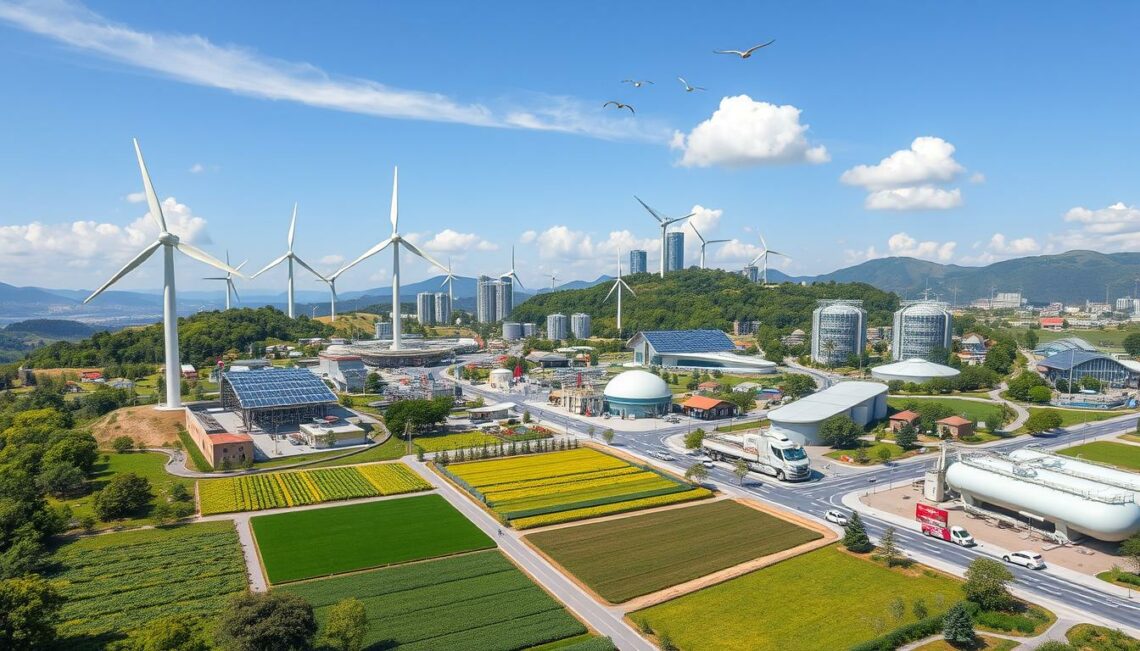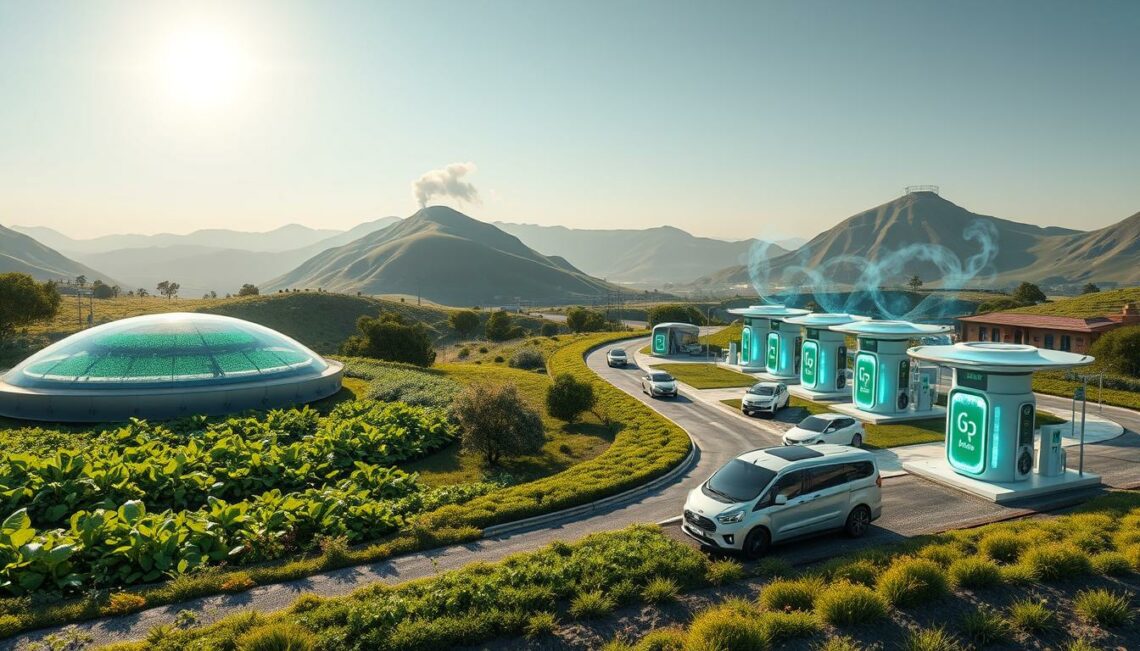As we embark on the journey toward VISION 1789, it’s essential to highlight the vital roles that biomethane and hydrogen play in our pursuit of renewable energy and sustainable energy solutions. These twin fuels are not mere alternatives; they are cornerstones of our energy future, enabling us to transition from traditional fossil fuels responsibly. Biomethane, derived from organic waste, helps us reduce greenhouse gas emissions, while hydrogen offers versatility as an energy carrier produced through innovative low-carbon technologies. Together, these fuels can significantly contribute to our energy independence and help meet crucial global climate goals.
The Importance of Renewable Energy Sources in VISION 1789
In our pursuit of VISION 1789, understanding the role of renewable energy sources is essential. These energy forms, including solar, wind, and bioenergy, serve as vital elements in our approach to creating a sustainable future. As we explore this topic, we will highlight how biomethane and hydrogen are pivotal in promoting sustainable development.
Understanding Renewable Energy
Renewable energy sources are derived from natural processes that replenish themselves. Solar energy harnesses the power of the sun, while wind energy captures the movement of air. Bioenergy, including biomethane, derives from organic materials, transforming waste into valuable energy. Recognizing the diversity within renewable energy is crucial for addressing climate change and fostering a successful energy transition.
The Role of Biomethane and Hydrogen in Sustainable Development
Both biomethane and hydrogen contribute significantly to sustainable development. These renewable energy sources offer cleaner alternatives to fossil fuels, reducing greenhouse gas emissions. Their integration into our energy systems supports energy security and reliability. Furthermore, the advancement of technologies surrounding these fuels can create new economic opportunities, driving innovation and investments in green technologies.
Climate Goals and Energy Transition Challenges
As we confront the realities of climate change, the journey toward an effective energy transition presents numerous challenges. Key barriers include technological limitations, financial constraints, and regulatory uncertainties. We must devise strategies that promote the use of biomethane and hydrogen while fostering collaboration among stakeholders. Policy support will play a critical role in accelerating the adoption of these renewable energy sources, ultimately ensuring that we meet our climate goals.

Biomethane and Hydrogen: The Twin Fuels Powering the VISION 1789
As we delve into the realm of biomethane and hydrogen, it’s essential to understand the processes behind their production and the innovations paving the way for their widespread adoption. Both fuels play critical roles in advancing low-carbon technologies, and the advancements in their production techniques are setting the stage for a more sustainable energy future.
The Process of Producing Biomethane
Biomethane production typically begins with anaerobic digestion, which transforms organic materials like agricultural waste and food scraps into biogas. This process not only generates renewable energy but also mitigates waste, showcasing significant environmental benefits. By harnessing the power of biomethane, we can tap into a sustainable energy source that reduces greenhouse gas emissions and contributes to our climate goals.
The Production of Hydrogen: Strategies and Innovations
Hydrogen production incorporates various strategies to enhance efficiency and sustainability. Innovations like electrolysis, which splits water into hydrogen and oxygen using electricity, and steam methane reforming, which generates hydrogen from natural gas, are crucial in driving this energy transformation. As we explore these methods, we see how energy innovations are propelling us toward a cleaner and more resilient energy landscape. Together, by embracing these technologies, we can ensure that biomethane and hydrogen become integral components of our future energy ecosystem.

